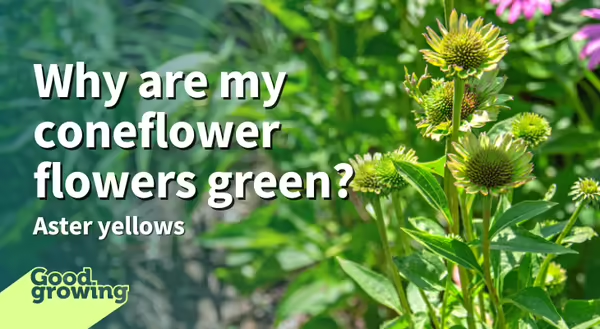
Purple coneflower (Echinacea purpurea) is among the most widely planted native plants in yards and gardens. They are long-blooming plants that produce domed flowers with orangish-brown spiny centers and drooping lavender petals. Occasionally their flowers will become green and distorted, prompting the question, "What's wrong with my coneflowers?"
What is aster yellows?
Aster yellows is caused by a phytoplasma (a type of bacteria) that is capable of infecting over 300 kinds of plants in 48 families, including a wide variety of vegetables, such as carrots, onion, lettuce, and potatoes, as well as ornamental plants, particularly those in the aster family (Asteraceae) such as coneflowers.
How does aster yellows spread?
Aster yellows, and other phytoplasmas, infect the phloem tissues (moves sugars and other items around the plant) of plants and is spread by leafhoppers, primarily the aster leafhopper. When a leafhopper feeds on an infected plant, it will ingest some of the pathogen. Once this happens, the pathogen will multiply inside the insect and will be spread when the insect feeds. While aster leafhoppers will overwinter in Illinois, many are blown north from southern states in the Spring.
Symptoms of aster yellows
While aster yellows doesn't typically kill it's host plant, it can deform plants. In coneflowers, aster yellows can cause a variety of symptoms:
- Curled, yellow (chlorotic) curled foliage
- Stunted stems and plants
- Distorted flower parts such as deformed cones, green spoon-like flower petals, and clusters of secondary flower heads may emerge from the primary flower.
Aster yellows can be confused with feeding damage from coneflower rosette mites (a type of eriophyid mite). These mites live and feed inside developing flower buds and cause distorted tufts to form on the tops or sides of the cones. The main difference is that the damage from the coneflower rosette mite is restricted to the plant's flowers, while aster yellows affects the entire plant.
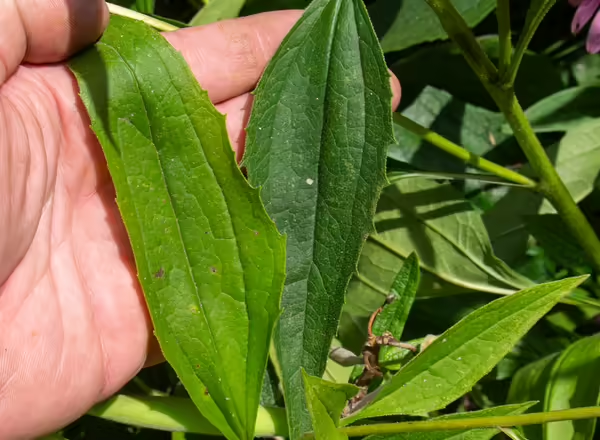
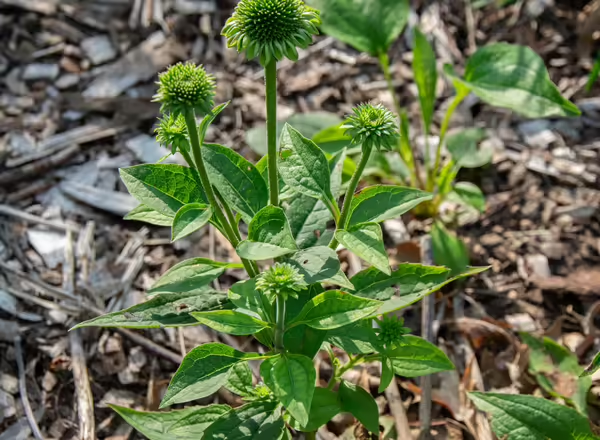
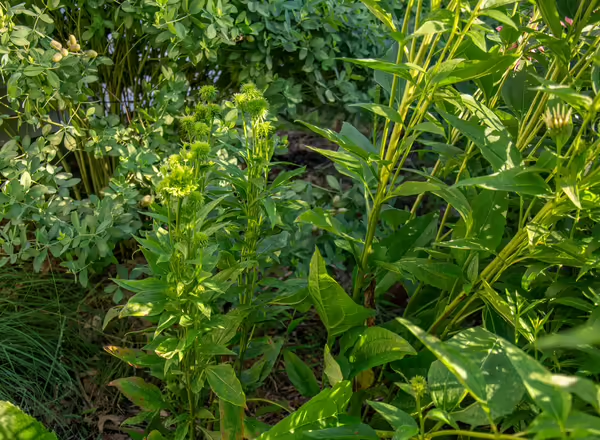
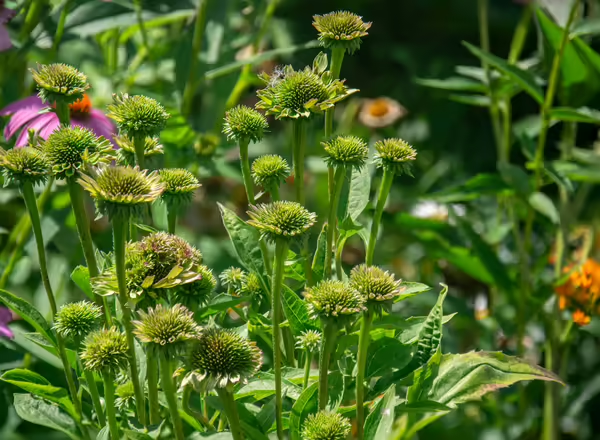

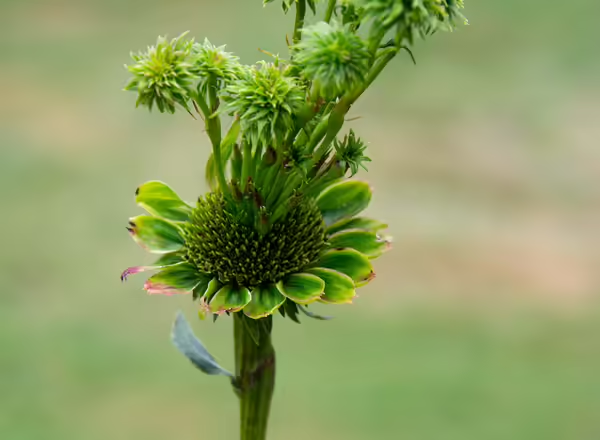
Management of aster yellows
Unfortunately, once plants are infected with aster yellows, nothing can be done to save the plant. However, there are some steps you can take to manage it in your landscape:
- Infected plants should be removed (including the roots) and destroyed to help prevent the spread of the disease to other susceptible plants in the landscape.
- Many plants considered to be weeds are also susceptible to aster yellows and can serve as reservoirs for the disease, including dandelions, plantains, purslane, thistles, and Queen-Anne's lace. Managing these weeds can help reduce the chances of aster yellows infecting desirable species.
- While aster yellows has a wide host range, some plants are not susceptible to it, such as cockscomb, geranium, impatiens, nicotiana (flowering tobacco), salvia, and verbena.
- Attempting to manage aster leafhoppers in ornamental plantings is often ineffective.
Good Growing Fact of the Week: One positive to extended hot temperatures is that the pathogen that causes aster yellows becomes inactive. When temperatures are above 88°F for more than two weeks, it is less likely to be spread by leafhoppers, and infected plants may see reduced symptoms, although they will still be infected.
Signup for our emails! Want to get notified when new Good Growing posts are available? SIGN ME UP
MEET THE AUTHOR
Ken Johnson is a Horticulture Educator with University of Illinois Extension, serving Calhoun, Cass, Greene, Morgan, and Scott counties since 2013. Ken provides horticulture programming with an emphasis on fruit and vegetable production, pest management, and beneficial insects. Through his programming, he aims to increase backyard food production and foster a greater appreciation of insects.